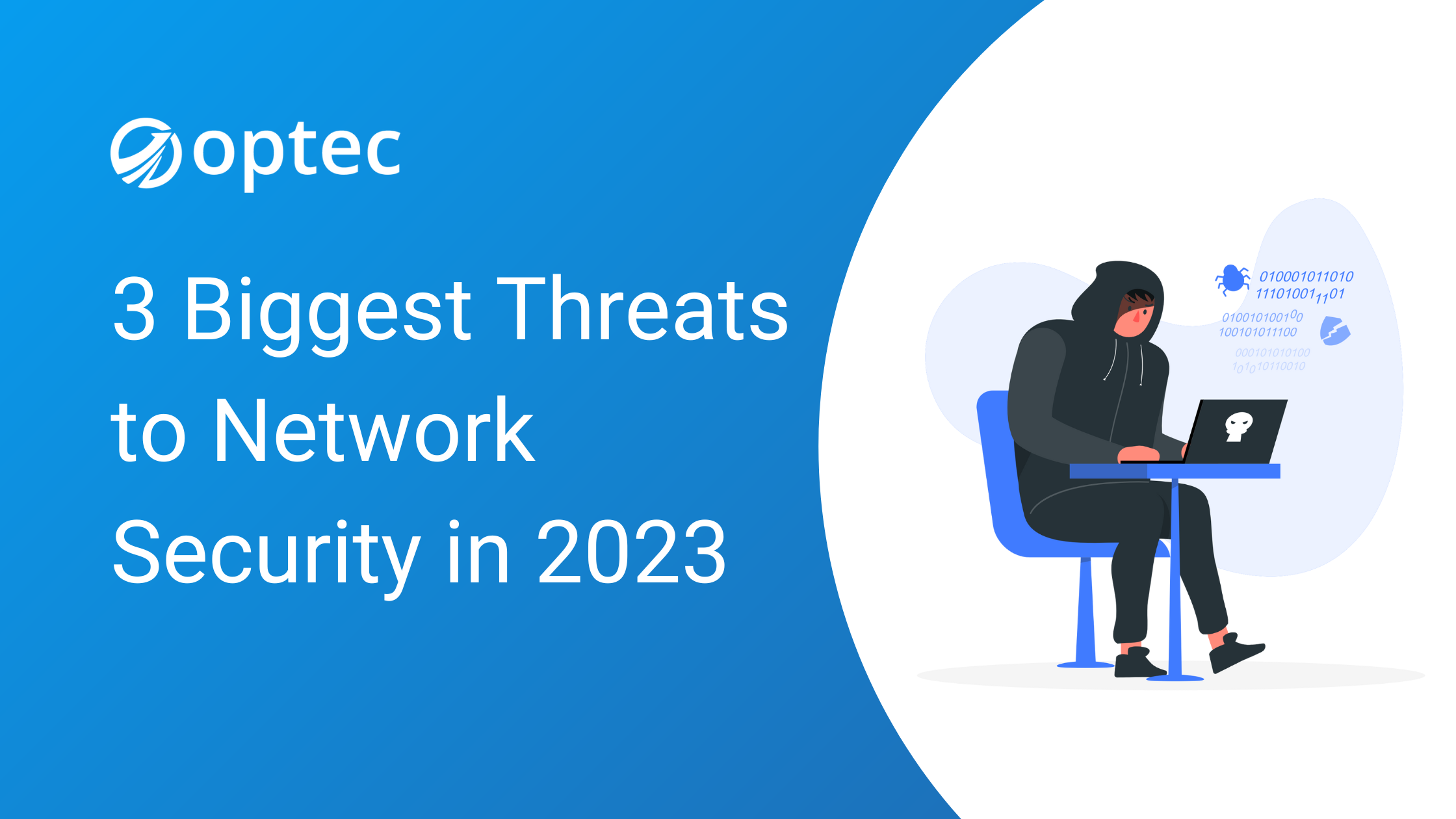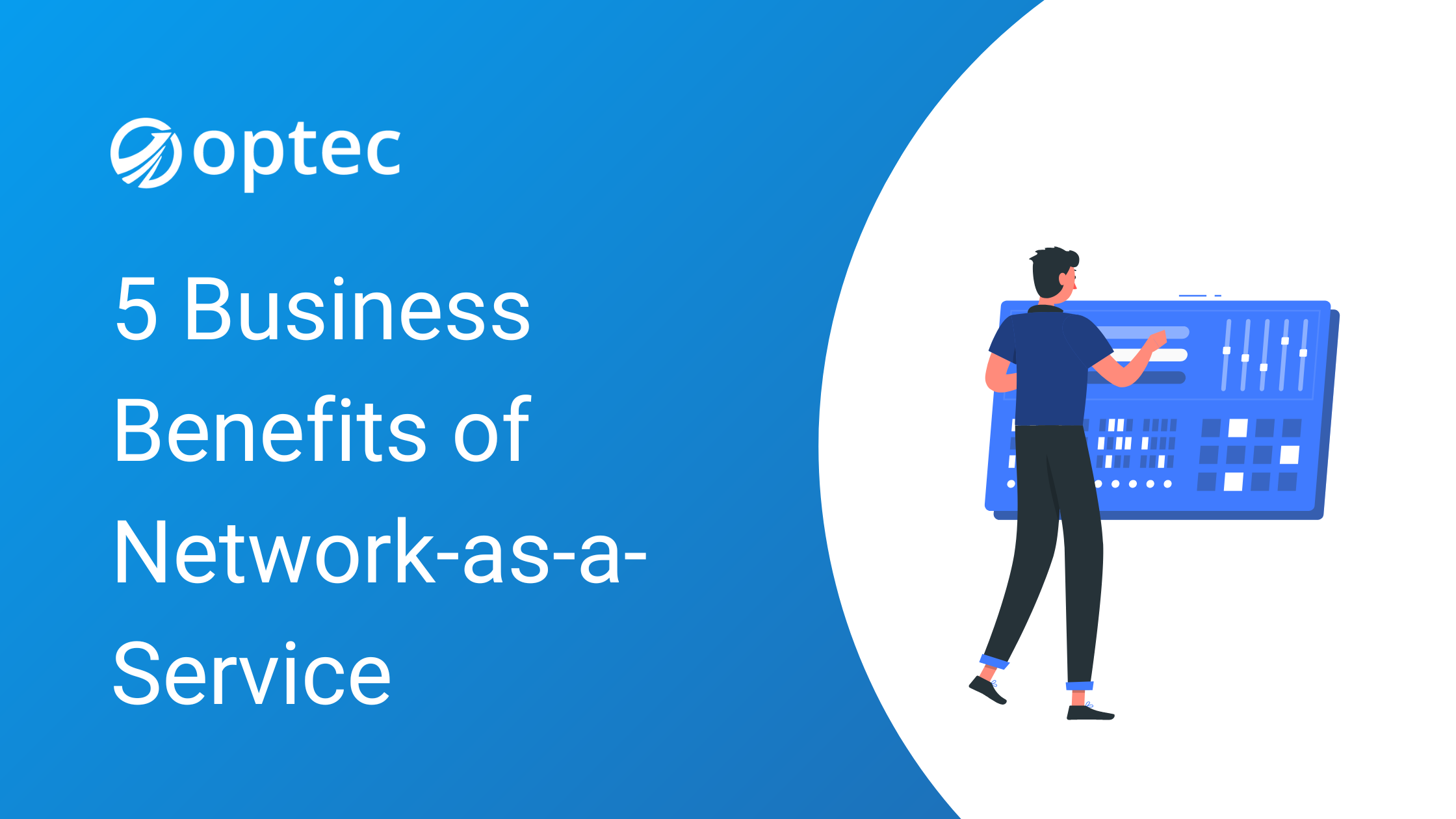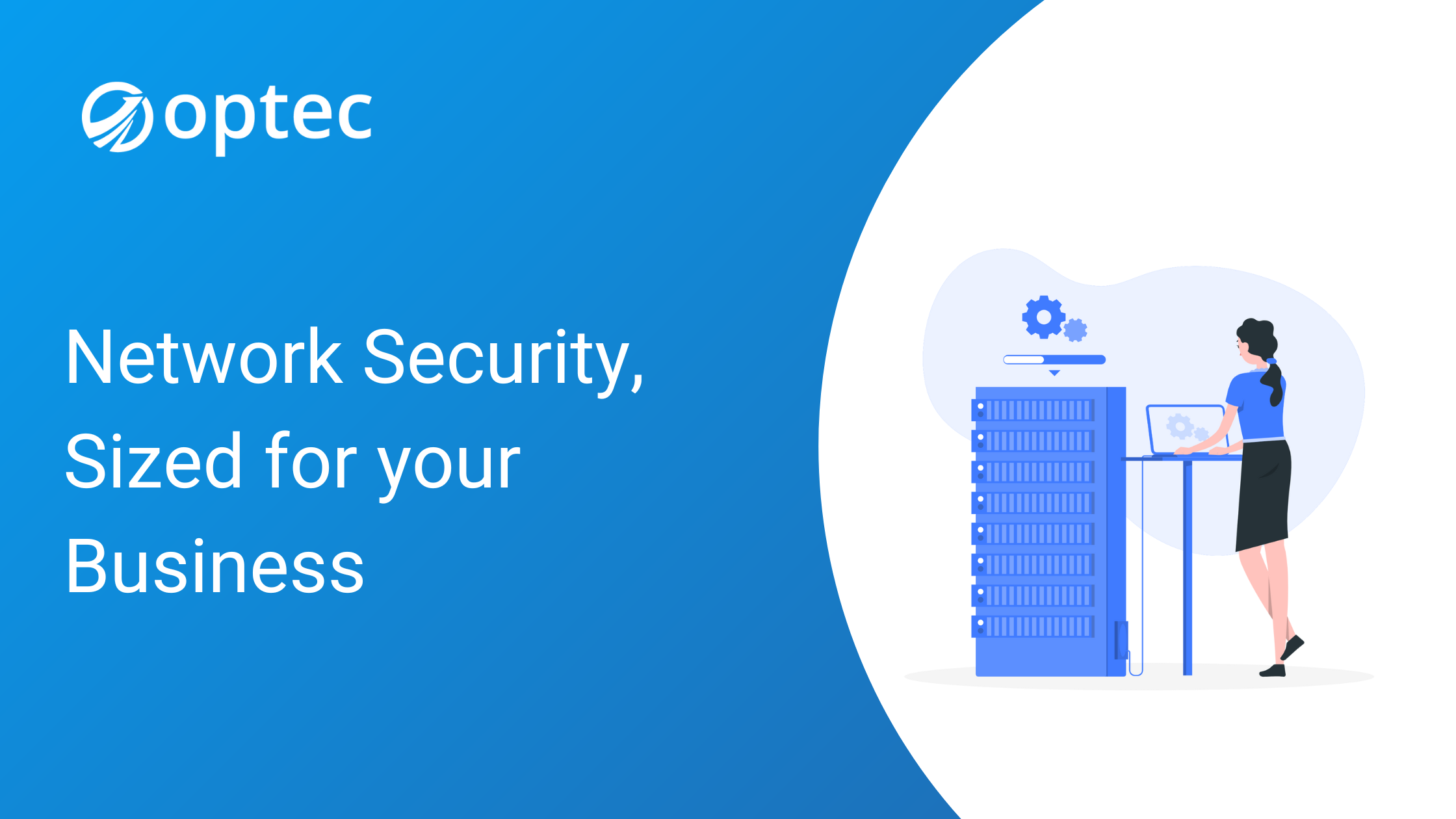The Enterprise Guide to Network Access Control
You can take every precaution to fully secure your enterprise network from a damaging cyberattack, but what happens when your employees continually access your corporate network and carry out their work from personal, noncompliant, and potentially at-risk mobile devices?
It’s a real challenge these days. The number of mobile devices connecting to enterprise networks is growing exponentially. By one account, nearly 90% of businesses rely on employees using personal mobile devices to access corporate applications. At the same time, fewer than half of businesses have a bring-your-own-device (BYOD) policy in place to safeguard critical business data that may reside on or be accessed from these devices.
Our work-from-everywhere world opens new opportunities for cybercriminals. To protect your operations—and your reputation—you must have far greater control over your enterprise network.
You simply can’t stop people from using a range of insecure mobile devices for work. What you can do is implement a network access control solution, or NAC, to provide the necessary visibility, control, and compliance to keep your business secure and productive.
What is network access control?
Think of network access control as a powerful handbook for your enterprise network. Not only does NAC help you set strong policies for all the devices and users of your network, but it also allows you to enforce those policies. In short, the right NAC solution will prevent unauthorised users and devices from accessing critical corporate resources.
Network access control is also an enabling technology for a holistic Zero Trust security paradigm for your organisation, one that assumes every user, network, and device is compromised and risky. Today, networks are distributed and complex, and your business needs a clear view into every IoT device connecting to every part of your network. NAC delivers all this, while also supporting regulatory certifications and security best practices. So, if, say, you’re required to establish and maintain an accurate inventory of all connected devices (including in virtual environments where assets constantly connect and disconnect), NAC ensures you stay in compliance.
(For more, please see this previous post on Why It’s Time for Zero Trust.)
How Network Access Control Secures your Network
NAC not only provides visibility into everything connected to your network, it also allows you to control and quarantine all of those devices and users. For example, when a noncompliant device attempts to access your network, NAC can deny access, place the device in a quarantined area, or provide restricted access to limited resources. This prevents insecure nodes from infecting your distributed and complex network.
The right NAC solution supports user and device profiling before any damage is caused. NAC evaluates security-policy compliance at a granular level (e.g., by user type, device, and operating system) and mitigates threats by enforcing policies that block, isolate, or repair non compliant devices, automatically and without administrator attention or the need for separate products and additional modules. So, your technology team will not only gain peace of mind on your overall security posture and incident response with NAC, but it will also streamline operations, save time, and preserve limited resources.
Finally, NAC can improve how you manage network guests with a unique, self-service guest management portal for registration, authentication, and guest sponsoring.
NAC: Benefits and Use Cases
In today’s work-from-everywhere world, bring-your-own-device is here to stay. One CEO says that BYOD is “the single biggest threat” for a business, unless it adopts a Zero Trust (read: network access control) security approach. With NAC for BYOD, you ensure a secure and productive workforce, no matter where your employees work from.
There are a number of ways that NAC policies can help protect your organisation:
Internet-of-Things (IoT) Devices: IoT devices - such as security cameras, check-in kiosks, and building sensors - continue to act as entry points for nefarious actors. With NAC for IoT, you reduce this risk through predefined profiling and access policies, based on device category.
Contractors and Guest Workers: As your business grows, you may need to rely on ever more contractors, vendors, and freelancers. A NAC solution ensures that all your important visitors and partners have the proper access privileges, separate from your employees, while delivering a positive user experience for all.
Incident Response: You can trust NAC to automate and improve your current incident response plan. You can configure a network access control solution to automatically enforce security policies, share contextual information, and isolate or repair unsecure devices before they breach other parts of your enterprise network. NAC for incident response frees your busy technology team up to focus on other business critical tasks!
Medical Devices: Healthcare providers have more medical devices coming online, which means an expanding attack surface. NAC solutions can protect these devices and sensitive health data from cyber threats, improve healthcare security, and enhance ransomware protection.
With network access control, you can increase employee mobility and job satisfaction while providing the necessary visibility, control, and compliance to keep your business secure and productive. Learn more about how Optec can help protect your organisation with network access control solutions or get in touch with us today to safeguard your endpoints, your employees, and your enterprise network.
Related posts







